Our penultimate review of wines for the festive season looks at red wines for Christmas Day lunch as well as at others suitable for mealtimes outside the feast day itself.
Being Christmas, I have put a focus on traditional wines and, of course, have chosen price points that reflect the special nature of this time of year.
As ever, use any available pictures to help find the wine whether they form part of a crowded shelf or appear on an on-line page.
Starting with pinot noir
Since turkey is at the less rugged end of the meat spectrum, pinot noir is often chosen as a Christmas lunch wine leaving the more powerful reds for heartier fare.
However, I really struggled to find Burgundy I could recommend without paying top prices so here is a great value, light option from an area with a reputation for stellar pinot noir.

In a mere 20 years, New Zealand’s Central Otago has gone from a bit part player in the pinot scene to one of the most acclaimed regions for well made, hugely impressive versions of this fickle – but delightful – variety.
Get a sense of what the fuss is about from the aromatic but earthy 2019 Outlook Bay Pinot Noir (£9.99 at Lidl while stocks last) with floral and bright plum, raspberry and pomegranate flavours, lively acidity, suggestions of chocolate and a richness that belies the actual lightness of its body.
Moving to grenache blends
With, say, a ribeye steak or any steak in a sauce, you will need something fuller than pinot noir and a juicy grenache-led blend is a good option here.
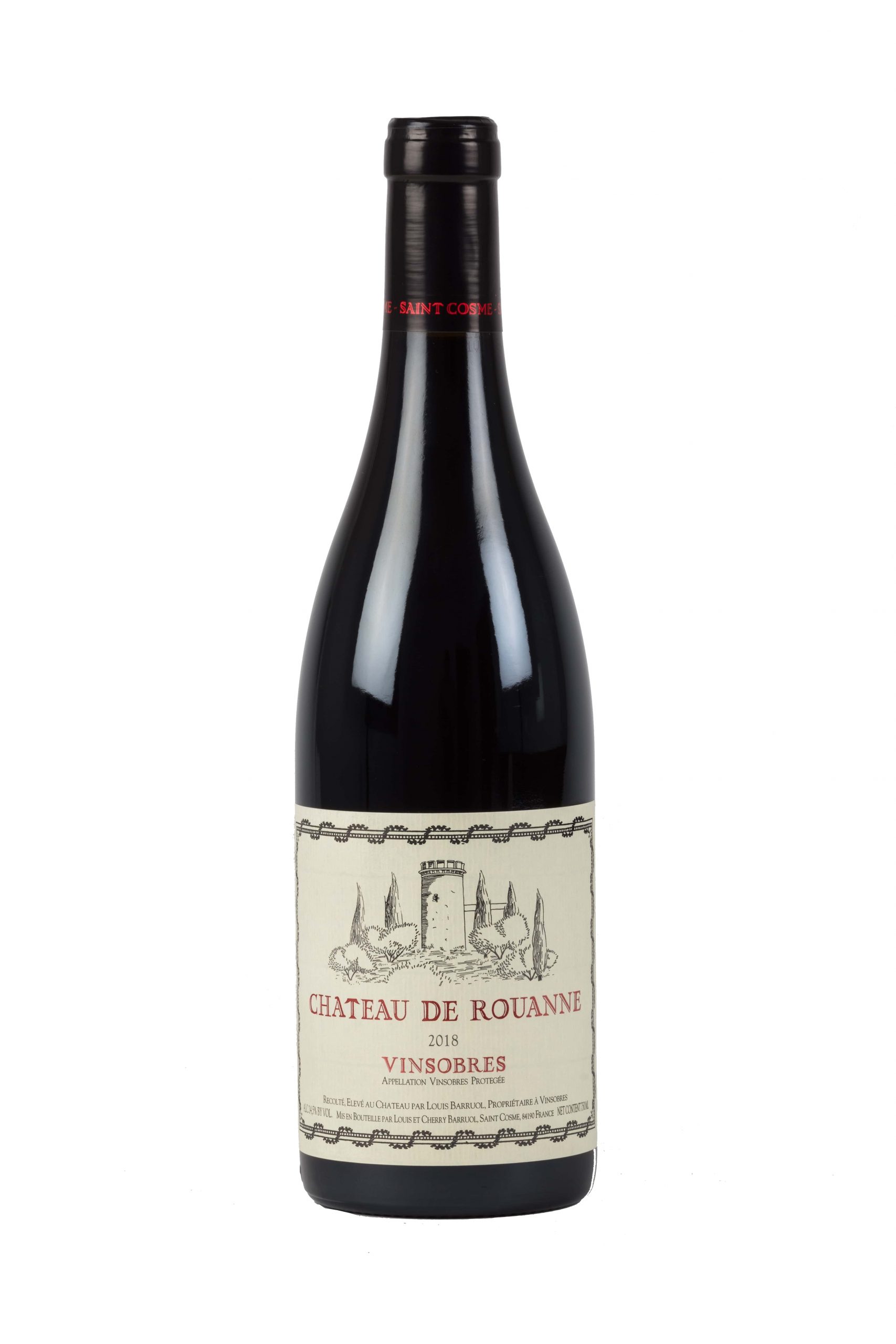
It is comforting then that kindly priced but absolutely brilliant GSM’s (blends of grenache, syrah and mourvedre) can often be found by straying just a little way outside the biggest names of France’s Southern Rhone region.
For example, the Vinsobres commune (to the north east of Chateauneuf-du- Pape) can offer us 2018 Chateau de Rouanne Vinsobres (from £16.99 at Majestic) which contains rich and well defined dark plum and raspberry flavours, modest tannin, and savoury, cinnamon and mocha elements with liquorice-based depth but sharp acidity.
Nowadays, however, these blends are no longer just a Rhone Valley feature as Languedoc producers also create excellent examples although the precise assemblage may vary slightly.
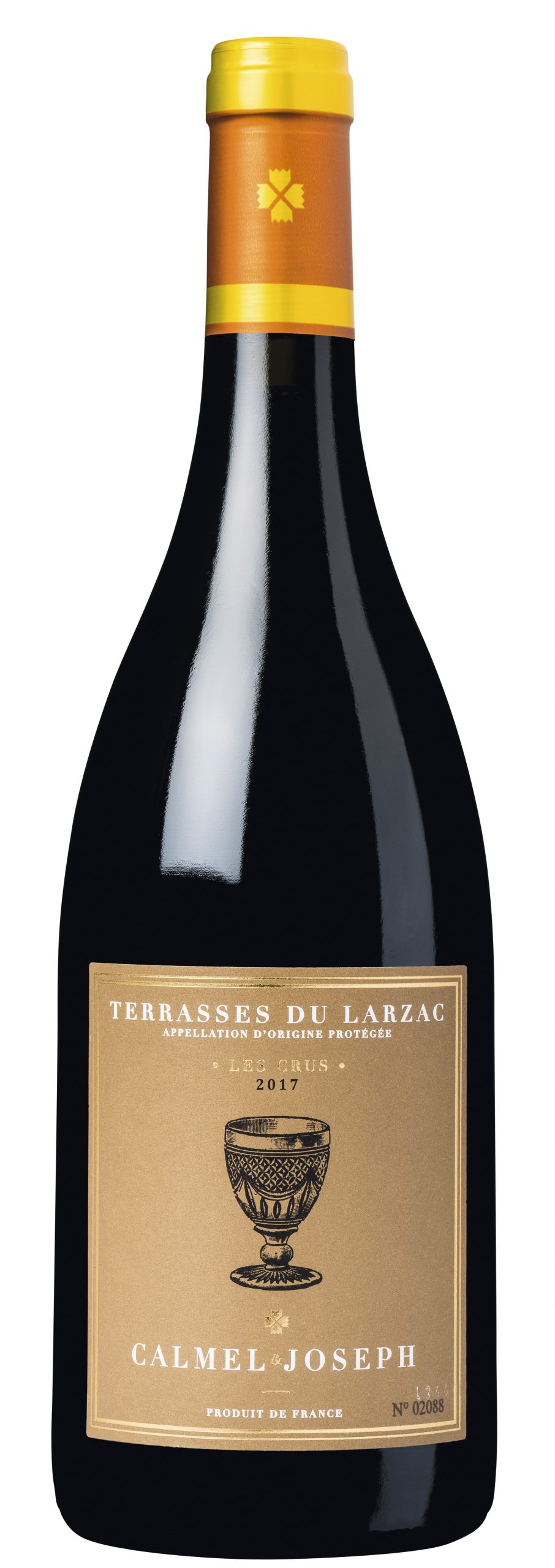
Try, for instance, this offering from a go-ahead team near Carcassonne in the form of 2018 Gayda Figure Libre (from £10.99 and also at Majestic) with its textured mulberry and blackcurrant flavours that integrate well with the wine’s good acidity and its black pepper and mineral depth.
Equally impressive and from similarly dedicated and innovative producers is the smooth ginger and liquorice influenced 2018 Les Crus Terrasses du Larzac (£13.99 at www.waitrosecellar.com): where bright raspberry and cherry flavours are well supported by good acidity, soft tannin and savoury spices.
If you are looking for a less expensive GSM perhaps for a less formal meal, then a good choice would be the smooth but great value 2018 Plan de Dieu Côtes du Rhône Villages (£7 – instead of £9 until 1 January – at Asda) with its blueberry and cherry flavours accompanied by suggestions of chocolate and baking spice with good acidity but only limited tannin.
Moving to Italy now
Another aspect that may feature this Christmas if sweet-edged intensity is needed, are Italian reds where at least some of the grape components have been dried to increase concentration and, probably, sugar levels.
Amarone (from the Valpolicella region) is a good – although often expensive – illustration of the genre but an excellent value alternative can be secured by passing basic Valpolicella red over the skins and lees left from Amarone production using a method called Ripasso.
For a good example of the results from this process, try the rounded and substantial 2017 Definition Valpolicella Ripasso Superiore (from £13.99 at Majestic) with bold cherry and red currant flavours, modest tannin, good acidity and floral, clove components too.
Nevertheless, there are other illustrations of how good wines from these dried grapes can be – such as this one from another part of Veneto that caught my eye – partly because of the excellent value it represents.
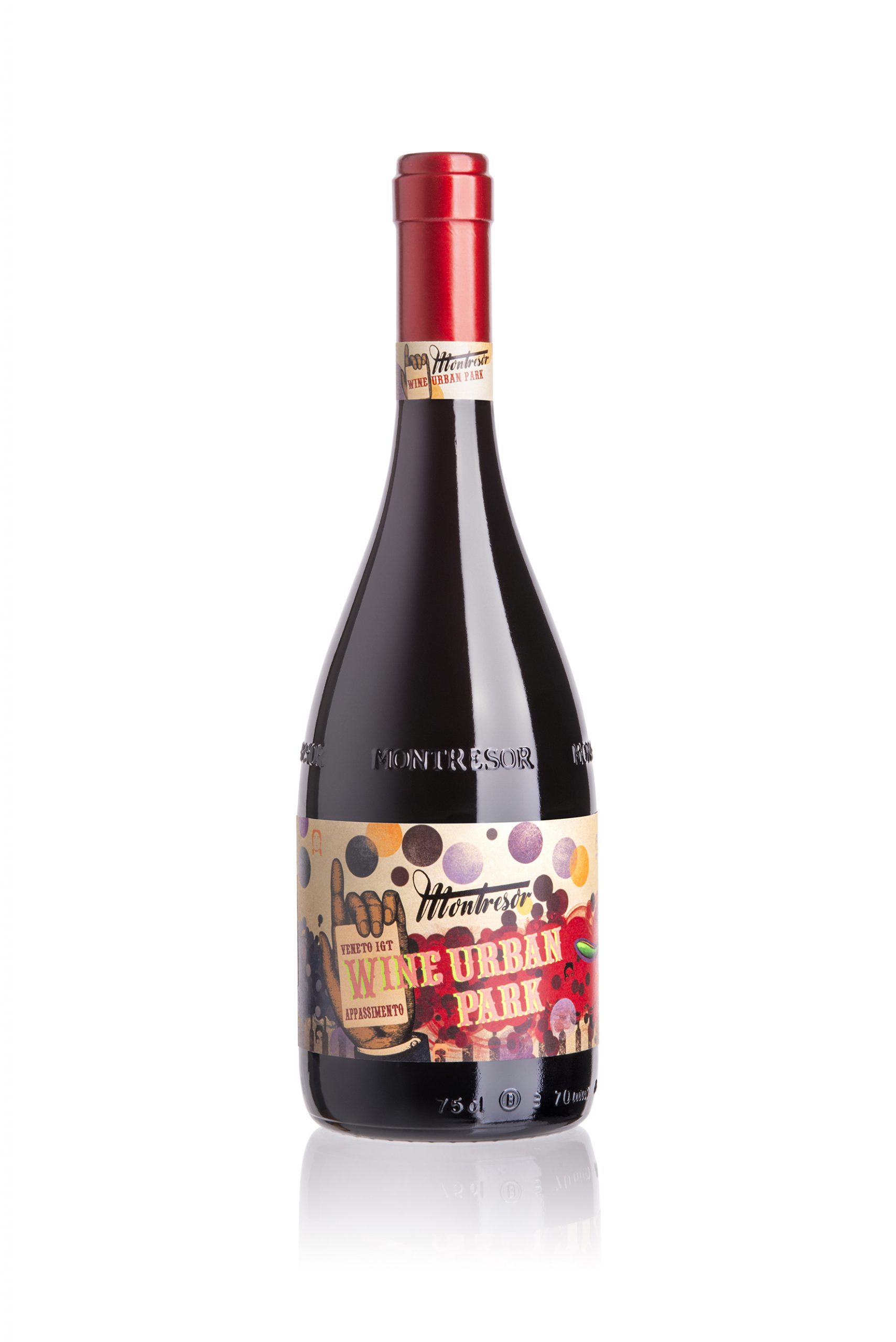
Using the dried grapes themselves (not the residue from an earlier fermentation as ripasso does), 2018 Montresor Urban Park Appassimento (£8.79 – instead of £10.79 – on a multi-buy at www.allaboutwine.co.uk) is an aromatic and deceptively light bodied wine with cherry, raspberry and cough candy flavours that are a supplemented by the mint, cinnamon and savoury touches built into its background; unusual but very tasty wine.
Now to Spain
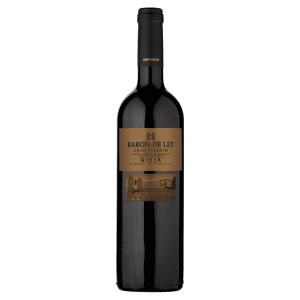
If lamb is the centrepiece of your Christmas lunch then Rioja is an almost automatic choice for the wine, and I have selected a really stylish one that will grace any table.
Dark and dense 2013 Baron de Ley Gran Reserva Rioja (£19.99 at Waitrose and back in stock next week) has beautifully smooth blackberry and black cherry flavours that are neatly wrapped in a herbal, cinnamon and mocha overcoat but supported by good acidity, soft tannin and a graphite edge to add savouriness to the package.
For a less formal occasion over Christmas, look instead at International Wine Challenge’s Great Value Champion Red (pictured above), 2015 El Duque de Miralta Rioja Reserva (£10 – instead of £12 until 3 January – in some M&S stores or as a multi-buy online as in the link) with its plum and cherry flavours and a supporting cast that includes aniseed, cocoa, vanilla, good acidity and firm (but proportionate) tannin.
Finally, to a classic beef partner
Partly because its tannin helps to neutralise any fattiness and partly because both components can be muscular and powerful, beef is often partnered by cabernet sauvignon.
Our first stop on the “beef run” is a Bordeaux chateau with the predictable combination of cabernet sauvignon and merlot but from the Graves region rather than the Medoc.
Despite its age, 2011 La Raison du Chateau des Fougeres (£15 at Tesco) still needs to be decanted for you to enjoy, to the full, its raspberry, cherry, plum and eucalyptus flavours and the good acidity, firm tannin and leafy claret touches that accompany them.
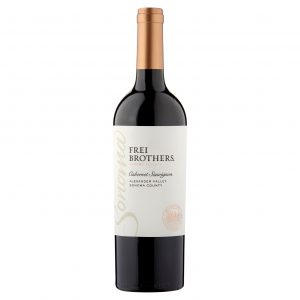
Decanting is also recommended for this Californian cabernet (from the warm and dry, prime cabernet country of Alexander Valley) and this will also work well with beef.
With real depth and an edge of sweetness but quite chewy tannin, 2017 Frei Brothers Cabernet Sauvignon (£13.99 – instead of £17.99 until 3 January – at Waitrose although stocks may be low) can also boast of ripe mulberry and black cherry flavours with good acidity and a mint and mocha background that contains savoury elements too.
Drop by again next Thursday, guys, when I conclude this pre-Christmas review with a look at festive season white wines.











